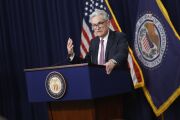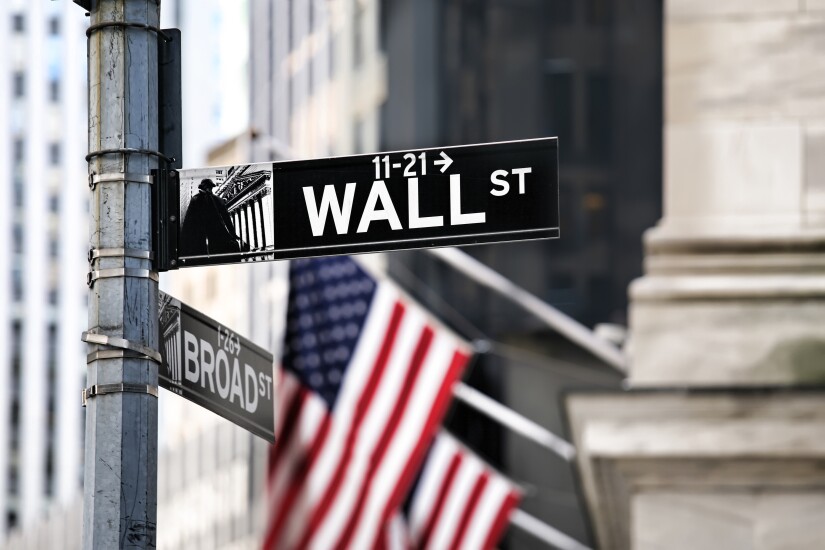As banks prepare to report their quarterly earnings, analysts see plenty of reasons for optimism.
President-elect Donald Trump is expected to usher in a new era of looser regulations and deconstruct Biden administration policies that bankers loathed. Interest rates are also expected to come down further in 2025, giving banks a breather on their deposit costs and alleviating strains among borrowers pinched by high interest rates. Loan growth may finally accelerate.
There are also risks ahead. The tepid growth in banks' loan portfolios may persist — or worsen if the economy takes a nasty turn. A renewal of trade spats may hamper investment all while pushing up prices for consumers, dashing hopes of lower rates. Some borrowers who are already under pressure may end up defaulting, prompting banks to take losses.
"The themes certainly sound good for banks for the year," UBS analyst Erika Najarian wrote in a note to clients.
But she cautioned that "we've been down this road before," and some banks may fare better than others. The biggest winners will be those with strong deposit franchises, since they'll reap savings by lowering the interest they pay to depositors.
Najarian is eyeing Bank of America, Wells Fargo, Pittsburgh-based PNC Financial Services and Columbus, Ohio-based Huntington Bancshares as best-positioned for the year.
Brett Rabatin, who covers midsize banks at Hovde Group, notes that inflation and the macroeconomic landscape remain uncertain. But he's similarly optimistic about the industry, partly due to lower deposit costs easing the pressure on banks' net interest income.
"The bottom line is our view is very bullish overall due to outlooks for strong [net interest income] expansion, fairly stable interest rates, a backlog of M&A, a likely more palatable regulatory backdrop, and reasonable credit trends," Rabatin wrote.
Below are some key issues to watch as banks give their 2025 outlooks.










